Japanese Knotweed
Damage
It’s time to tackle Japanese knotweed damage and gain total control of your property. If you have a knotweed problem, you’ll already know that this aggressive weed needs stopping in its tracks.
It’s time to tackle Japanese Knotweed damage and gain total control of your property. If you have a Knotweed problem, you’ll already know that this aggressive weed needs stopping in its tracks.
Remove Japanese Knotweed from your property
If left untreated, this common but stubborn weed can threaten your property and neighbouring buildings too. But it’s not all doom and gloom. The best way to feel reassured and ensure minimal damage is to educate yourself on the Japanese Knotweed problem and take action.
What is Japanese Knotweed? – A brief history
Resolving an issue is so much easier when you get to the root of the problem. And given the roots are the main obstacle of Japanese Knotweed dangers, let’s start by looking at exactly what Japanese knotweed is and why it’s problematic.

Japanese knotweed in the UK dates back to 1850 when a German-born botanist, Philipp Franz Balthasar von Siebold, brought it over to Victorian Britain.
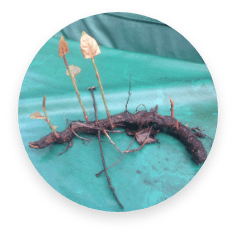
Over a period of many decades the plant was sold by a large number of nurseries and gardeners with cuttings being distributed into gardens nationwide.

Japanese knotweed was added to the invasive species list and controlled under the Wildlife and Countryside Act 1981.

Legislation was updated to limit the spread and distribution of the species. This legislation requires transportation of Japanese knotweed to be completed by a registered waste carrier.




Japanese knotweed in the UK dates back to 1850 when a German-born botanist, Philipp Franz Balthasar von Siebold, brought it over to Victorian Britain.
Over a period of many decades the plant was sold by a large number of nurseries and gardeners with cuttings being distributed into gardens nationwide.
Japanese knotweed was added to the invasive species list and controlled under the Wildlife and Countryside Act 1981.
Legislation was updated to limit the spread and distribution of the species. This legislation requires transportation of Japanese knotweed to be completed by a registered waste carrier.
First hand experience of Japanese knotweed Damage – How have we dealt with the damaging plant?
Tom Payne, Managing Director of TP Knotweed Solutions, explains the key qualities of Japanese knotweed and how it can be damaging to your property and ultimately cost you money.
Concerned about the presence of Japanese Knotweed on your property?
Can Japanese Knotweed damage buildings?
Japanese Knotweed grows rapidly – up to 10cm per day and has strong binding roots that ‘knot’ together. It creeps into weak cracks in masonry and gaps in tarmac and paving and starts to spread, weakening the structures around it.
Once the root network has formed, the damage can become even more destructive, growing wildly and threatening every structure in its path.
Japanese Knotweed damage can extend to foundations, stonework, bricks and fences – we’ve even seen evidence of it pushing up through the skirting boards inside a property! It’s a beast that needs taming and we know just how to do it.
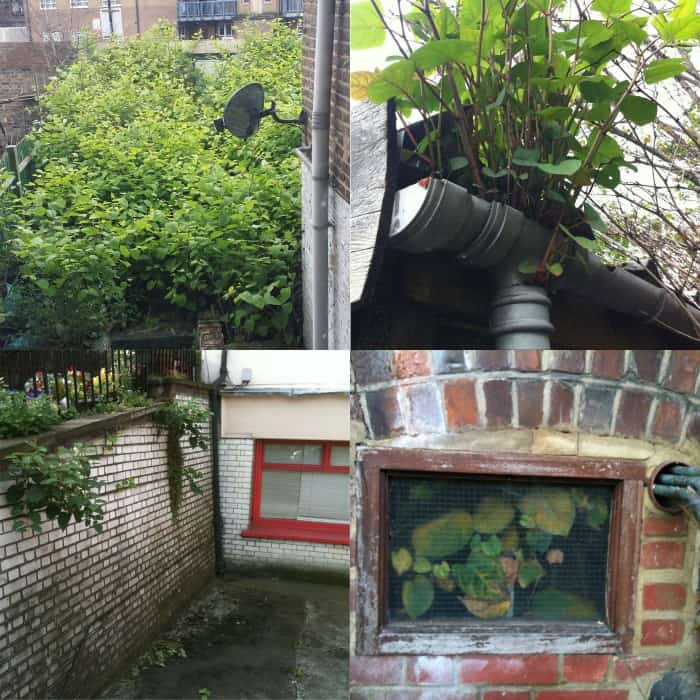
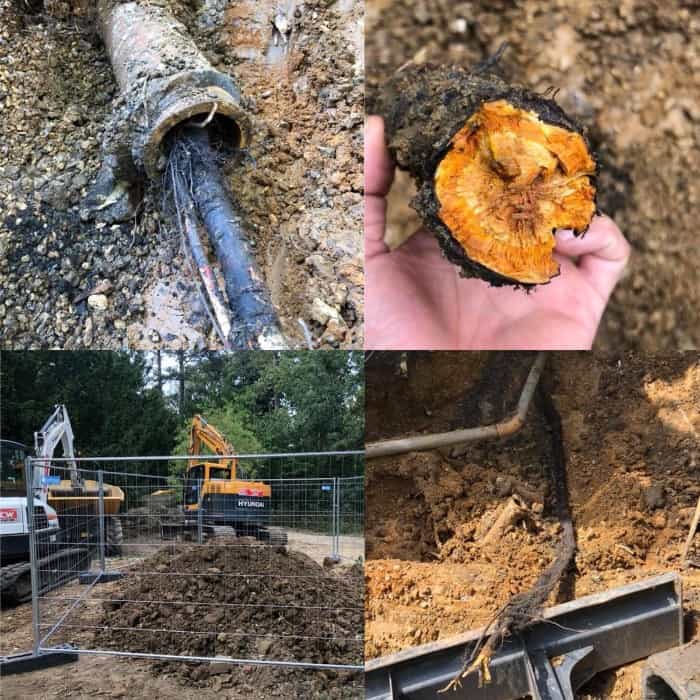
Can Japanese Knotweed cause damage to drains?
All plants need water and knotweed is no exception. In fact, it thrives on finding a water source to grow. As every homeowner knows, property drains need to be kept clear so that they can flush water through and avoid blockages.
A Japanese knotweed problem isn’t a good match for that. Since the plant can start growing into and around a property drain, it can alter the efficiency and in worst cases, need replacing altogether.
The impact of that could be cut off water supplies and a lot of inconvenienced people. Prevention is always better than cure so trust us to stop Japanese knotweed damage to buildings early on for total property peace of mind.
Japanese Knotweed damage to patios, paths and drives
Stubborn weeds are the last thing you want to invite into your home, so keep your patios, paths and driveways free from a Japanese knotweed problem by trusting us to remove its roots.
Not only will you be freeing up time and money, by not having to worry about the potential headache, but you’ll also make the areas safer, so that you and your visitors don’t have to navigate restricted paths, patios and driveways, tangled up with unwanted foliage.
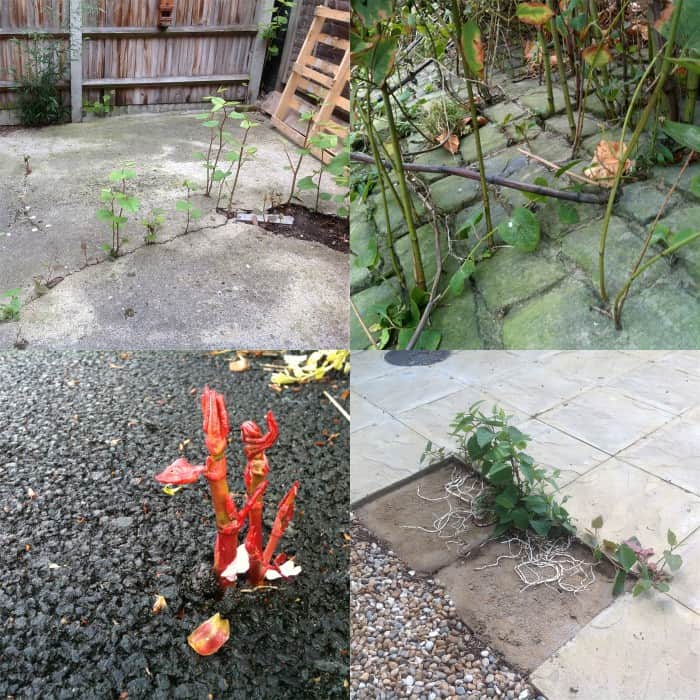
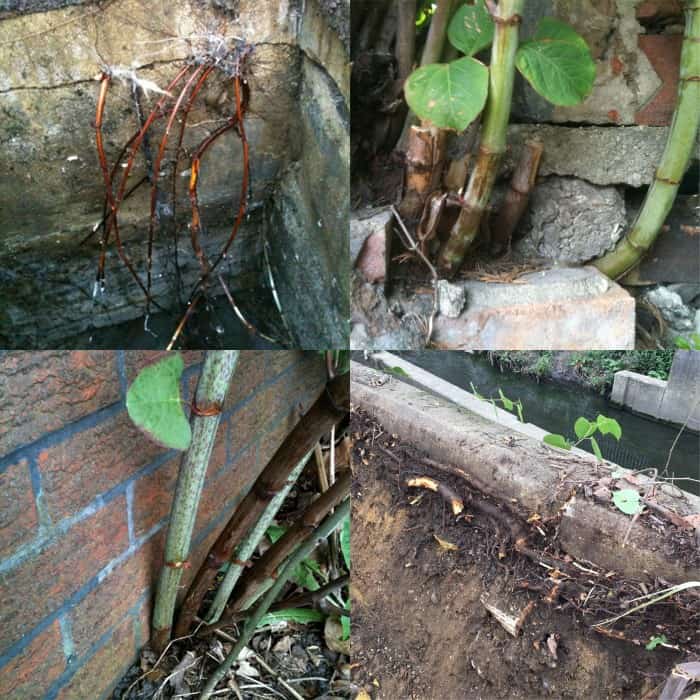
Can Japanese Knotweed damage foundations?
It is highly unlikely that Japanese knotweed will damage solid property foundations, however if foundations are previously weakened, cracked or damaged, Japanese knotweed could exploit any weaknesses over a number of years, if left untreated.
This stubborn plant can grow quickly and its rhizome network can, in some cases, penetrate up to 3 metres deep and 7 metres laterally. Described by the Environmental Agency as ‘indisputably the UK’s most aggressive, destructive and invasive plant’, it could disrupt your plans of being approved for a mortgage and also ward off potential buyers of your house.
We are experts in preventing structural damage and know how to handle and remove knotweed at every stage – from first finding it, to getting to the root of the problem.
Can Japanese Knotweed grow through concrete?
It will latch onto and grow through anything that allows it. So can Japanese knotweed grow through concrete?
Technically, no. As stubborn as this plant is, it does not have the force to break through bricks or concrete. It can only exploit cracks and weaknesses in structures, seeking out moisture to fuel its growth. Once structural damage occurs, surrounding concrete could shatter.
By choosing our Japanese knotweed survey, you can trust us to identity, assess and remove any Japanese knotweed damage problem at your property, giving you the confidence to enjoy a weed-free home life and a structure that will retain its market value with desirability to potential buyers.

Think you have Japanese Knotweed?
Request a Japanese knotweed survey and we will be able to tell you immediately if there is Japanese knotweed on your property and the potential Japanese knotweed removal cost.
